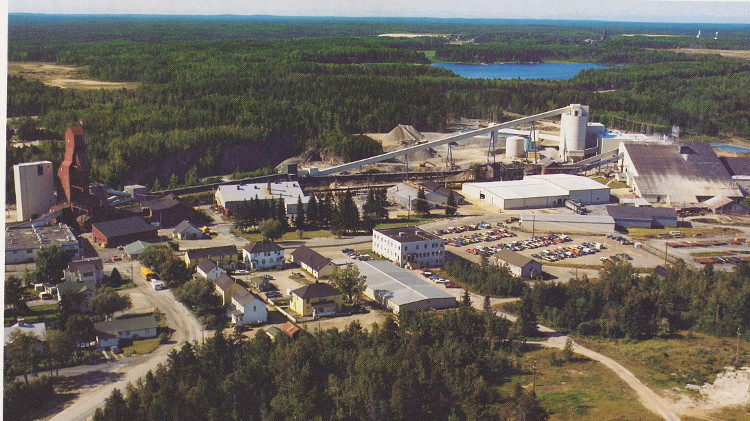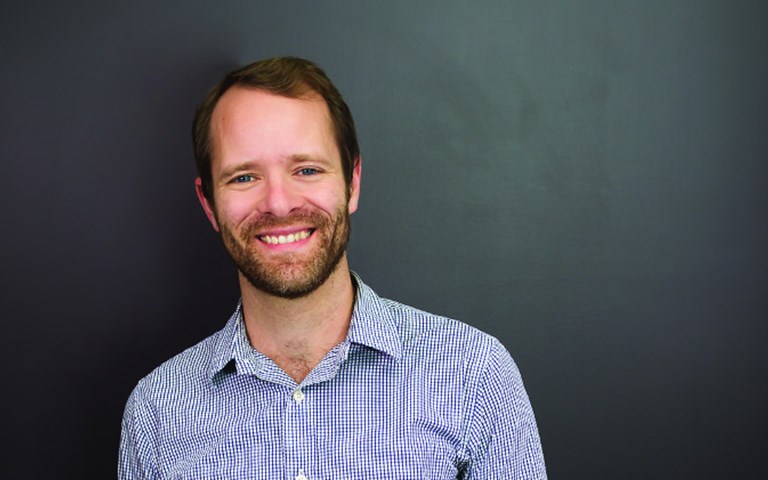In June, I picked up a copy of Vaclav Smil’s How the World Really Works. The jacket copy is almost disingenuous about what is inside, calling it “an essential analysis of the modern science and technology that shape our twenty-first century lives,” which makes sense, because “why we ought to be more thoughtful about our reliance on crude oil, concrete, steel and fertilizers” would be a much tougher sell.
With Smil’s book rattling around in my head, I dashed off to Spain while the rest of the editorial team had their shoulders to the wheel preparing this issue. (If you have the good fortune to reach 50, why not celebrate? It will happen only once after all.) Which is why, when I made one of my first stops at the Guggenheim Museum Bilbao, not only mortality but the material reality of things was front of mind.
Most people will recognize this contemporary art gallery by sight, with its massive undulating walls clad in titanium (ore mined in Russia, processed and metal rolled in the United States.) A recently created panoramic audio-visual installation occupied a large room inside. It was an artificial intelligence (AI) spectacle, where a flowing display of designs, textures and colours had been generated using a database of images that were added to a “large architectural model.” This wraparound light projection was complemented by AI-generated audio.
“Built upon ethically sourced data and powered by sustainable computing practices,” the curator noted, “the installation reflects a conscientious approach to digital creation, where innovation and responsibility go hand in hand.” By all measures, it was up-to-the-minute contemporary. It also drew the largest crowd.
Smil’s concern is that, in our post-industrial, service-based economy, we have lost sight of the fact that, while software may be endlessly diverting, it is fossil fuels and carbon-intensive material production that help the billions of us humans meet our fundamental needs. Ignorance of this makes it possible to push the idea that net-zero greenhouse gas emissions in the next 25 years is possible without being hugely disruptive, while at the same time making it more difficult to have productive conversations on the best ways to trim our massive carbon diet.
Thus, the work that most thoroughly rose to the moment was a series of permanent sculpture installations made of great planes of weathered steel. Recognizing that Bilbao was once a major shipbuilding centre, the nature of the material was as fundamental to the experience as the flowing designs the artist worked the metal into.
Where the framing of the AI exhibit emphasized its lack of a physical footprint, the write-up accompanying the steel sculptures detailed the millennia-long relationship between the region and its iron deposits. Housed within the Guggenheim collection made possible through wealth amassed from mining and metal processing, it had a conscientiousness about its origins that we would do well to take seriously.




